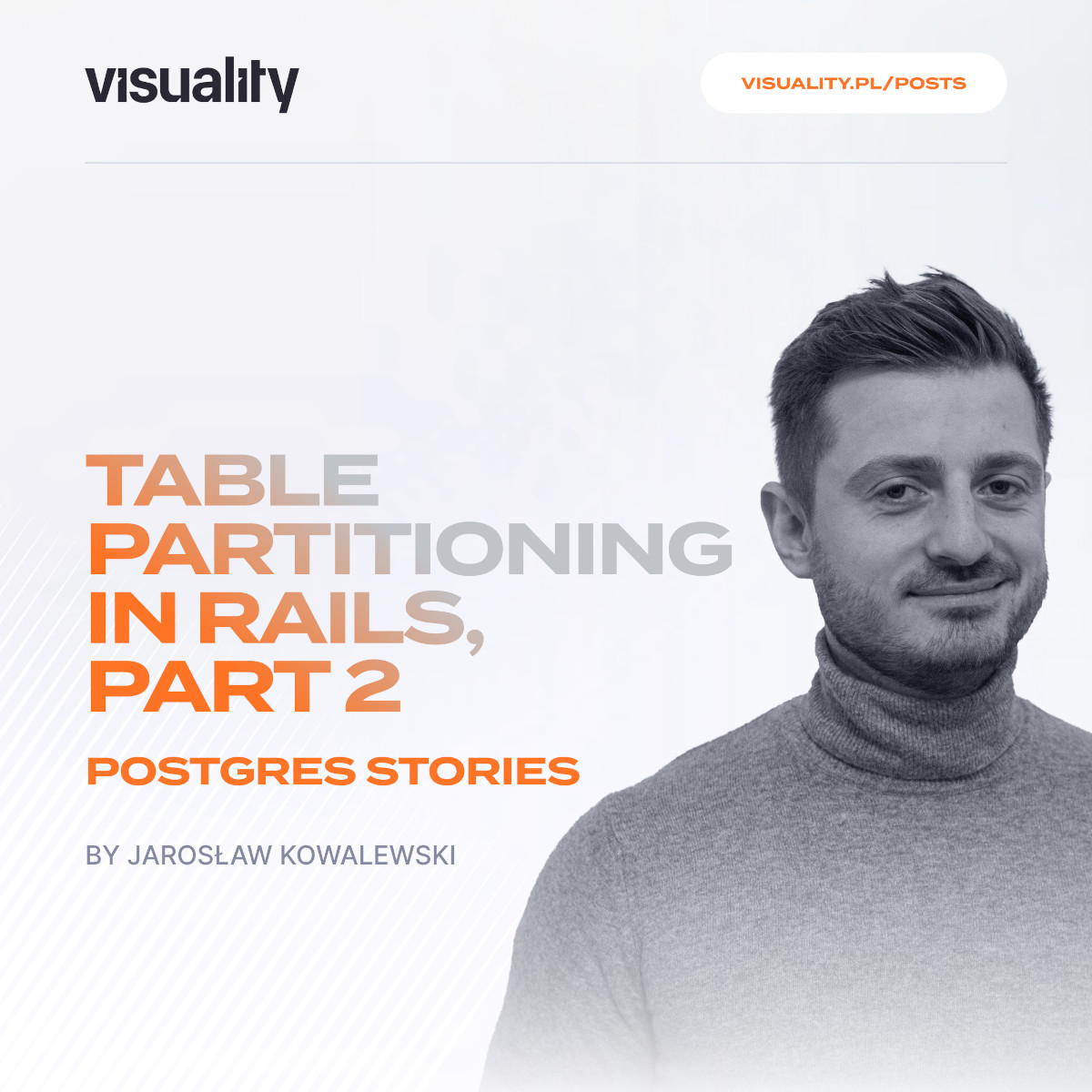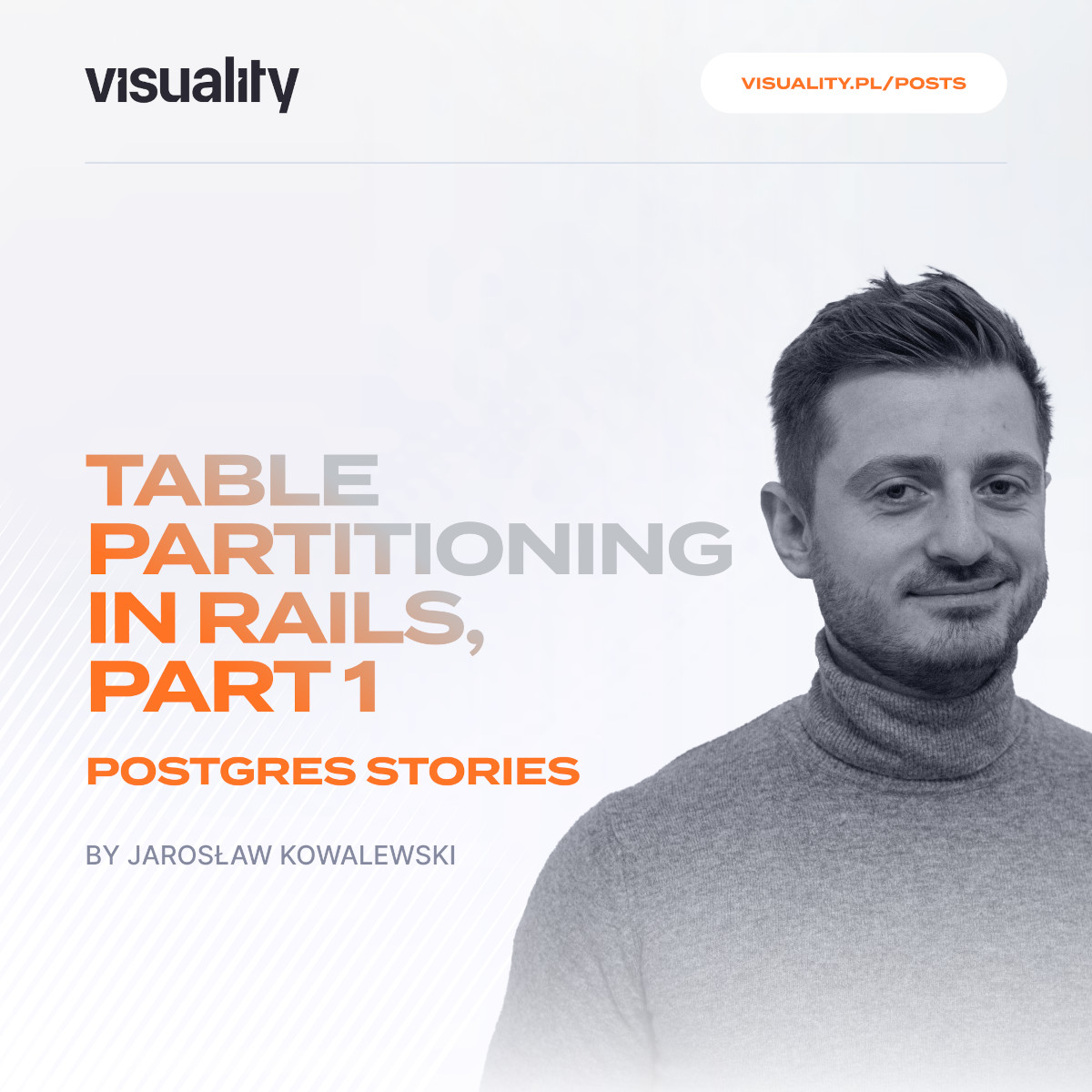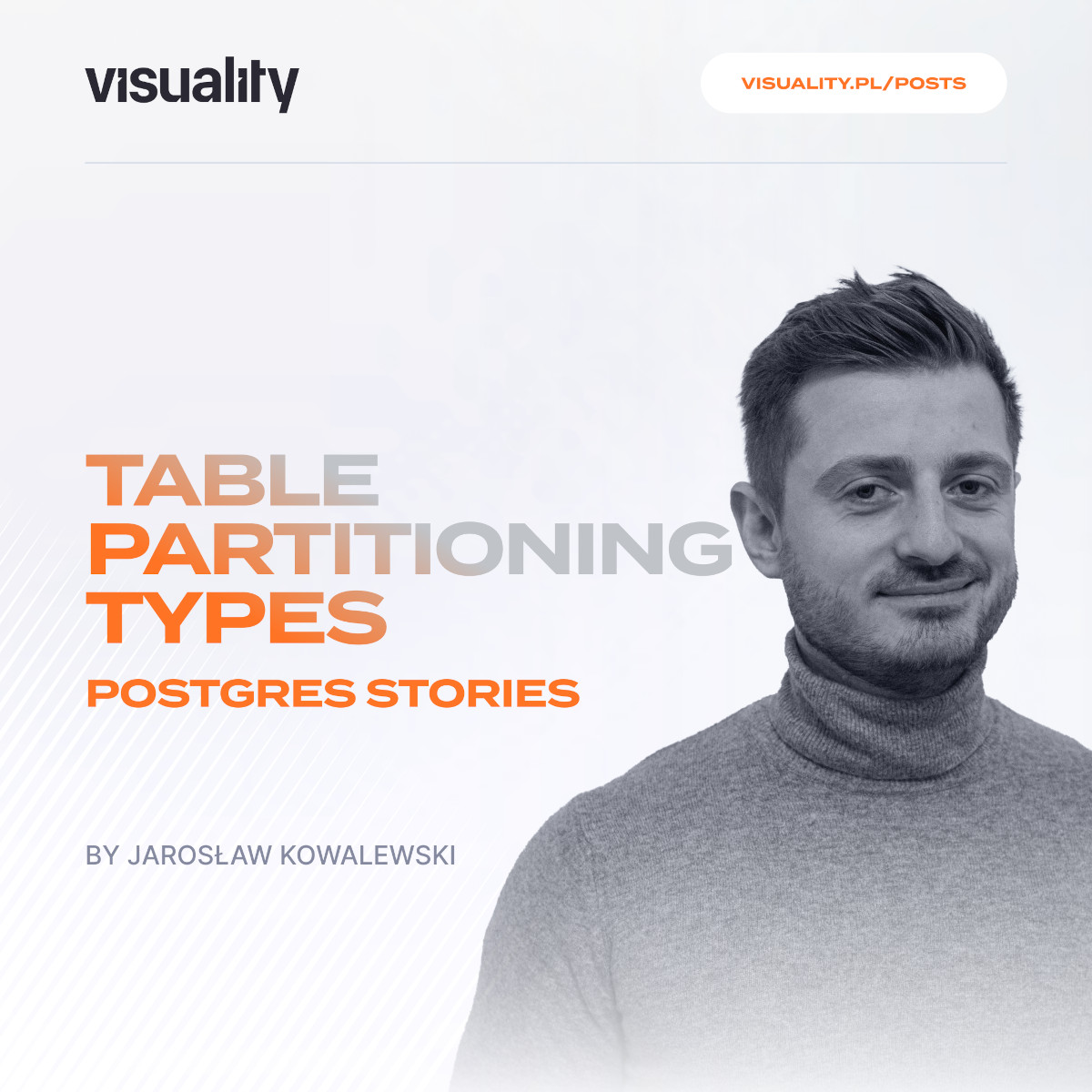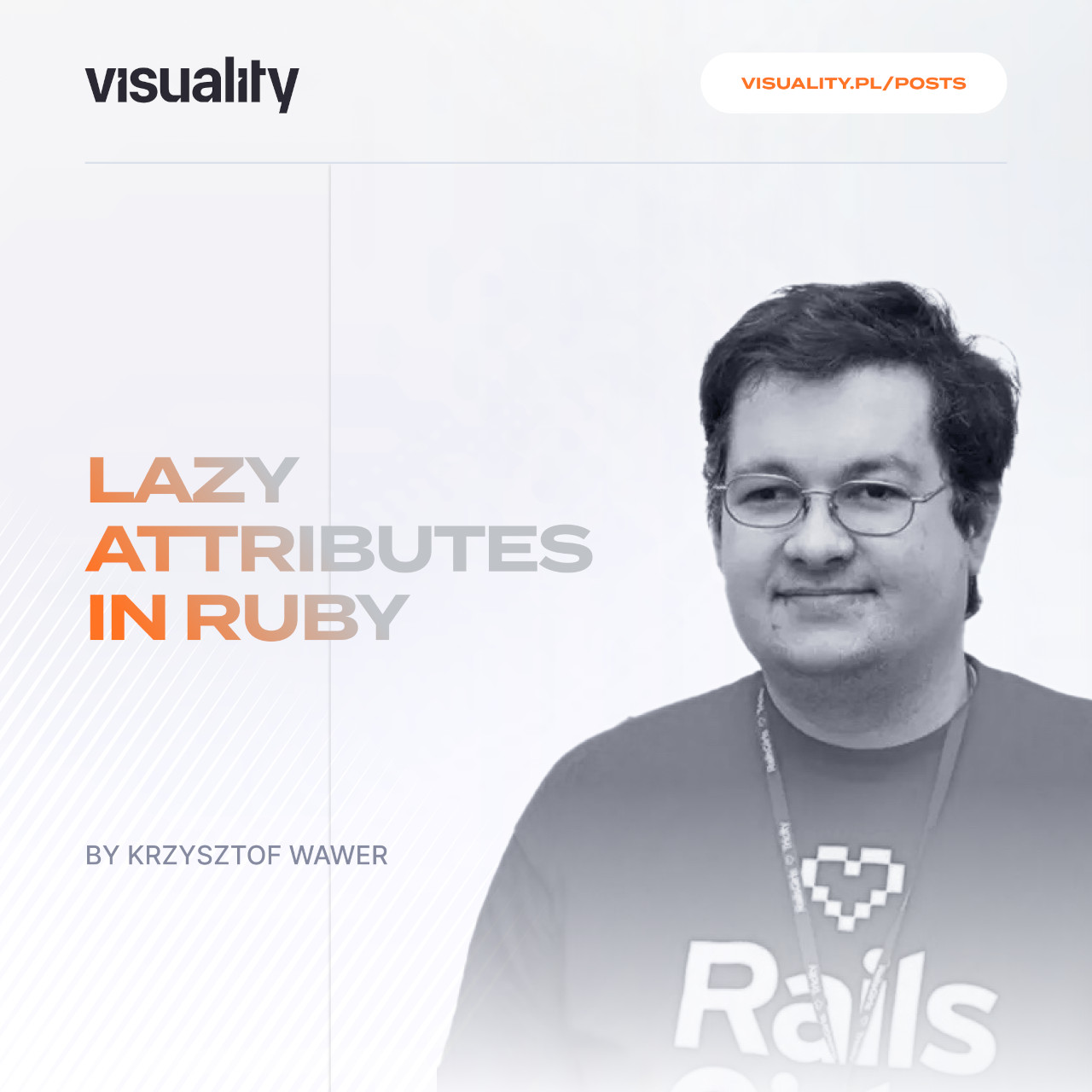Rails Turbo Streams allow you to send updates directly from the server to the client, updating the client's view of the data without any need to reload the page.
Using Rails with Turbo Streams is an efficient way to manage the server → client communication. It reduces the load on the server and improves the user experience by eliminating the need for frequent page reloads. The changes in the server data are pushed directly to the client, ensuring that the user always views the most current state of the data. This real-time functionality can be instrumental in creating applications where immediate data updates are critical.
Turbo Streams could be particularly useful in applications like chat systems, live dashboards, stock updates, collaborative editing tools, notification systems, and order tracking platforms where real - time updates are crucial.
In this article, I aim to demonstrate the basic functionality of Turbo Streams, primarily based on a tutorial provided by the hotrails.dev website. I'll also place extra emphasis on enhancing the practices outlined in this tutorial and highlight what to avoid. In the second part of the article, I will focus on managing session context and highlight how to render user - personalized components when using streams.

Following Hotrails tutorial
As outlined in the hotrails tutorial, transforming your application to be live can be as simple as adding a few lines of code. Firstly, you need to add the turbo_stream_from tag to the view. In this example, I opted to use this on the index page to display tweets that users can create within the Tweet model. It’s important that the view shows recently added tweets on the top.
# app/views/tweets/index.html.haml
= turbo_stream_from 'tweets'
#tweets
= render @tweets
Following the tutorial, you need to add an after_create_commit block to the desired model, in this case, Tweet. This block will broadcast the new tweet to the 'tweets' stream after it's successfully created and committed to the database. There are some other methods (append, replace, remove etc.), but to add newly created tweets, obviously I use broadcast_prepend_to.
class Tweet < ApplicationRecord
belongs_to :user
validates :content, presence: true, length: { maximum: 280 }
after_create_commit { broadcast_prepend_to 'tweets' }
end
And voilà! It should work every time a new tweet is created.
Things I don’t follow from Hotrails tutorial
The solution provided by the Hotrails tutorial is indeed quick and gets the job done with sugar syntax of Rails. However, based on my production proofed experience, it can generate some problems in certain scenarios. In the following sections, I would like to draw attention to these issues and propose a more efficient solution. The proposed solution is suitable for commercial projects as it avoids common problems and facilitates easier debugging. Let me outline few points I realized working with turbo streams:
- Using ActiveRecord callbacks can be sometimes bad idea, for many reasons, like hiding more complex logic, overloading models, testing purposes and unexpected complexity on bulk operations. That’s why it’s better to avoid placing broadcast inside
after_create_commitcallback (or any other ActiveRecord callback). - No errors. Mentioned callback above has one more weakness. If rendering broadcast partial fails for some reason, in my experience case it was lack of devise’s
current_usermethod, it doesn’t leave almost ANY trace of the error. Turbo Streams context doesn’t have any information of session, especially who is the receiver of the broadcast. It just doesn’t broadcast, which is sometimes hard to notice. However, there will be some logs left, there are hard to notice in the jungle of other logs Rails produces. It doesn’t give you clear 500 error on the page and browser’s console, nor logging middleware like Sentry, New Relic etc. - Rendering views in a model - with Turbo it’s possible to render everywhere. This gives developers flexibility, but also responsibility. My suggestion is not to render directly from model, because it breaks the principal of MVC framework, as well as overloads models.
Avoid using turbo streams in ActiveRecord callbacks
Of course, here is my idea of implementation, which gets rid of all three issues presented above.
# app/controllers/tweets_controller.rb
def create
create_service = Tweets::CreateService.new(current_user, tweet_params)
if create_service.call
redirect_to tweets_path, notice: 'Tweet was successfully created.'
else
render :new
end
end
# app/services/tweets/create_service.rb
module Tweets
class CreateService
def initialize(user, params)
@user = user
@params = params
end
def call
tweet = @user.tweets.new(@params)
result = tweet.save
broadcast_tweet(tweet) if result
result
end
private
def broadcast_tweet(tweet)
Turbo::StreamsChannel.broadcast_prepend_to(
'tweets',
target: 'tweets',
partial: 'tweets/tweet',
locals: { tweet: tweet, from_stream: true }
)
end
end
end
# app/views/tweets/index.html.haml
= turbo_stream_from 'tweets'
= button_to 'New Tweet', new_tweet_path, method: :get
#tweets
= render @tweets, from_stream: false
# app/views/tweets/_tweet.html.haml
%article{ id: dom_id(tweet)}
%nav
%h6= tweet.user.email
%time= time_ago_in_words(tweet.created_at)
= tweet.content
Introducing User context
Let's say it's not enough and you want to use the user context. For this particular example, let's say an App is only available to signed-in users, and there are also admin users. If the user is the author, or has an admin role, display a 'Delete' button allowing to delete the tweeted post. Easy, let's add it!
%article{ id: dom_id(tweet)}
%nav
%h6= tweet.user.email
%time= time_ago_in_words(tweet.created_at)
= tweet.content
.actions
- if current_user.admin? || current_user == tweet.user
= link_to 'Delete', tweet, data: { turbo_confirm: 'Are you sure?', turbo_method: :delete }
Should it work? Of course - there is nothing wrong, but unfortunately not with Turbo Stream. Turbo Stream doesn’t have any user nor controller context. Let’s see the error:
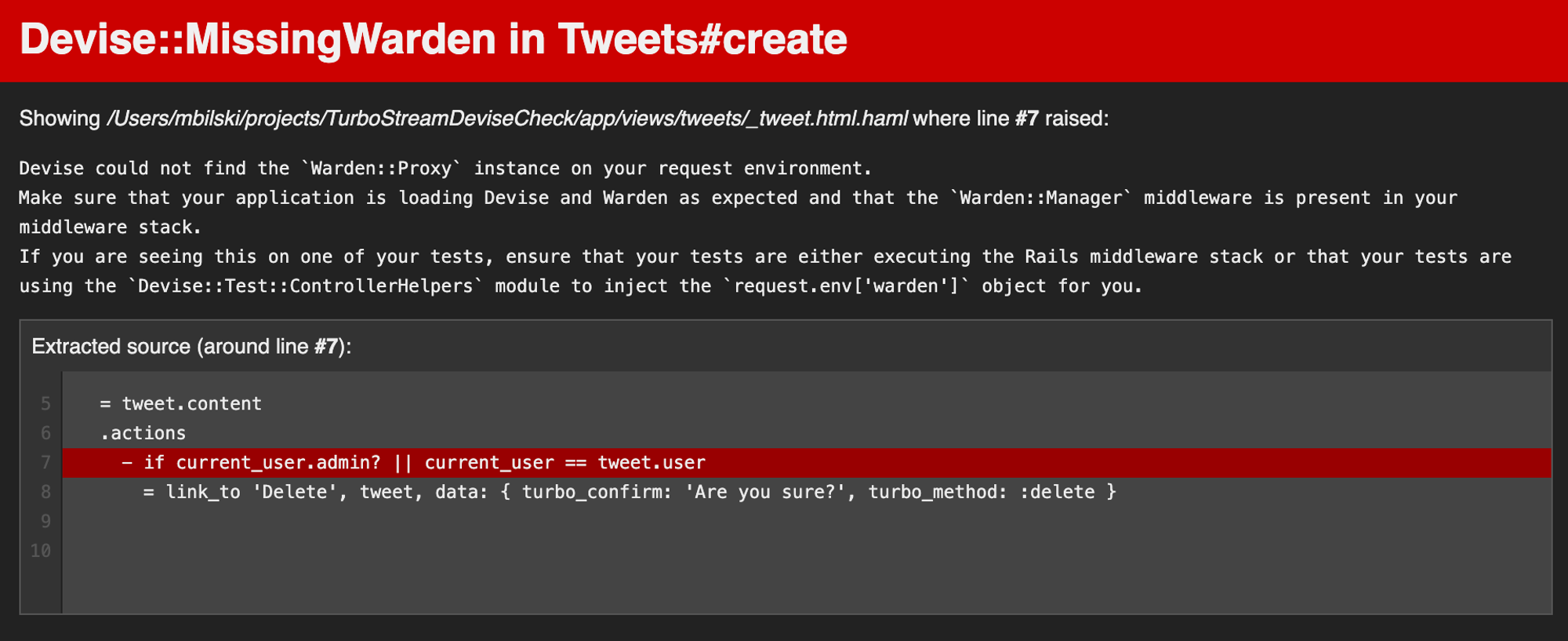

Yes, Turbo Stream uses empty dummy controller just in case of get basic rendering context of the application. Let’s check what’s inside request and controller:
Even request host is set to example.com.
Empowering user context - combining Streams and Frames
Thanks to Turbo being included in Rails, there is an option to use Turbo Frame to obtain data within the client's session. This is called decomposing (tutorial here). In the Turbo Stream partial, it’s just enough to render turbo_frame with an src attribute and provide the action that renders view with the context. Let’s see how it looks, I also placed the action in another partial.
# app/views/tweets/_tweet.html.haml
%article{ id: dom_id(tweet)}
%nav
%h6= tweet.user.email
%time= time_ago_in_words(tweet.created_at)
= tweet.content
.actions
- if from_stream
= turbo_frame_tag dom_id(tweet, 'actions'), src: actions_tweet_path(tweet)
- else
= render 'actions', tweet: tweet
# app/views/tweets/_actions.html.haml
- if current_user.admin? || current_user == tweet.user
= turbo_frame_tag dom_id(tweet, 'actions') do
= link_to 'Delete', tweet, data: { turbo_confirm: 'Are you sure?', turbo_method: :delete }
# app/controllers/tweets_controller.rb
def actions
@tweet = Tweet.find(params[:id])
render partial: 'actions', locals: { tweet: @tweet }, layout: false
end
Let me explain what is happening in the code presented above. There is a variable called from_stream and each time I render tweet, I check its value. If the view is rendered by turbo stream, the variable is true and turbo_frame_tag with desired DOM id and src is rendered. Otherwise, it’s just standard partial render (in case of entering or reloading page). Let’s then see what turbo_frame_tagproduces to the HTML.
<turbo-frame id="actions_tweet_84" src="/tweets/84/actions"></turbo-frame>
What Turbo on client’s side does, it fetches desired URL - like a standard GET request, so server knows client’s session - including current_user. Complete solution works like on the animation below.

Summary
In conclusion, the mission to understand and implement Turbo in the Visuality project has been successfully completed. The experience provided a wealth of knowledge which I've shared in this article to help others navigating similar challenges. The complete source code for the application can be found on my GitHub here.




